Science meets art in Stobswell. The University of Dundee and Dundee Print Collective have teamed up in an illuminating exhibition that makes an art of science, and brings it to the likes of you and I.
The result is an intriguing, informative and fun exhibition, from the Wellcome Centre Anti-Infectives Research (WCAIR) – part of the Life Sciences at the University of Dundee – in collaboration with the Dundee Print Collective,
While its ideas seem lofty, it’s accessible, interactive and what good science education is all about.
It is currently being presented by Stobswell Forum at the Arthurstone Library.
Translations: from the Laboratory to Print Studio takes a creative approach to presenting science through an artistic lens.
“It is a collaboration between three of our scientists and Dundee Print Collective,” explains Ali Floyd, Public Engagement Manager at the Wellcome Centre.
It promotes the aims of WCAIR in engaging the public in the process of science.
While the Wellcome Centre’s task is to develop new medicines to treat tropical diseases, they also aim to make science simple for the layman to understand.
Their Discovery Centre is home to LifeSpace which collaborates with Duncan Of Jordanstone College of Art and Design (DJCAD).
The gallery opened in 2014 and is Scotland’s first dedicated art-science research gallery.
Scientists, artists and common ground
It’s about the common ground between art and science.
“They’re more similar than you think,” says Ali.
“Which one asks the big questions about the world and society? They both do. Which ones uses complex chemicals and techniques? It’s both.”
“Science is meant to be creative, it’s easy to get bogged down in a lab and lose sight of the big picture while you’re doing what you’re doing, and that’s why we love these projects.”
The current exhibition opened in LifeSpace in January 2020, to great success, before the pandemic struck.
Last week, it made its way to the Arthurstone Library as part of Stobfest, Stobswell’s local festival.
It puts the work of both researches and artists, with their various tools and discoveries, on bright, colourful show.
Small, but perfectly formed
The homegrown collaboration shows just how prominent Dundee is on the world stage for such collaborative work – something, Ali suggests, not often recognised.
The exhibition itself is small, but perfectly formed, cleverly combining print, sculpture and the likes of scientific codes and symbols to make an engaging work of art.
Some of the pieces are interactive, and fun to use, others you learn about science from looking at component parts.
But take heart, you won’t need a science degree to enjoy it. Far from it.
It sounds complicated, but it’s actually very simple, and the works, as works of art, are striking and engaging as stand-alones.
The scientists and the artworks
Works include Illuminating Discovery by Irene Hallyburton.
This takes its inspiration from the vital process of drug discovery, looking at compounds to see their effects on the target disease.
Often working from a series of tiny snapshots that fit together to give a more complex picture, this work draws on the people, equipment, images, colours and detection methods used in the WCAIR laboratories.
Then there’s Me, Myself and Sci, put together by researcher (and now Courier Picture Editor as well as PhD student) John Post.
This artwork aims to make the researchers visible, to show them as people, and not just cogs in the research wheel.
Or there’s Scott Hudson’s ‘6209’, which notes that if you put a printmaker next to a scientist in a print studio, they will talk about the repetition, trial and error involved in their work.
Dundee’s place in the world
Ali Floyd points out these arts -science collaborations have got Dundee noticed all over the world, not just in the Carnegie-built library in Stobswell.
He says: “I think people in Dundee don’t realise necessarily what an amazing city it is and how world-beating we are,” he notes.
Indeed, UK government measuring body Research Excellence Framework (REF) has ranked Life Sciences as the top in the UK, and the DJCAD as the top of Scotland.
The Stobswell exhibition is the result of several years of engagement between Life Sciences and the local community.
WCAIR has worked with Stobswell Forum to support and enhance the area, and kept in touch throughout the pandemic.
Bringing science to the people
“It helped us join all these dots and build these networks so that when we came out of COVID, we thought, we can get our art exhibition in here,” Ali adds.
Colin Clement, chairman of Stobswell Forum, agrees the university presence in Dundee can sometimes be out of mind with the local community.
He says: “Every once in a while there’s an article about how good the university is but I wonder how much of that information actually sticks with the non-university attached people. I think that’s a challenge for everybody
“When I go for a beer with my pals, it would be really unusual for someone to turn up and say they work at Dundee University or went to Dundee University; it’s not something the rest of the population have encountered very often.
“That’s one of the things we’ve started to take onboard, that we can make a wee contribution to breaking these kind of barriers down.”
The exhibition is open to the public for the summer.
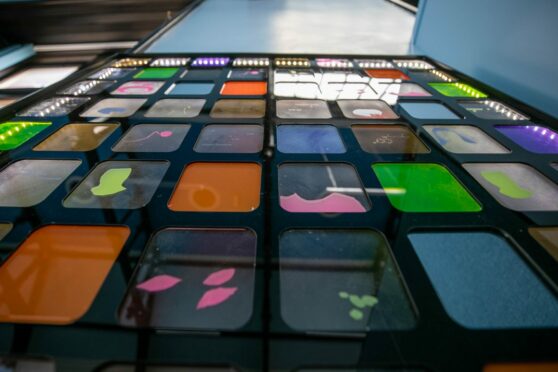
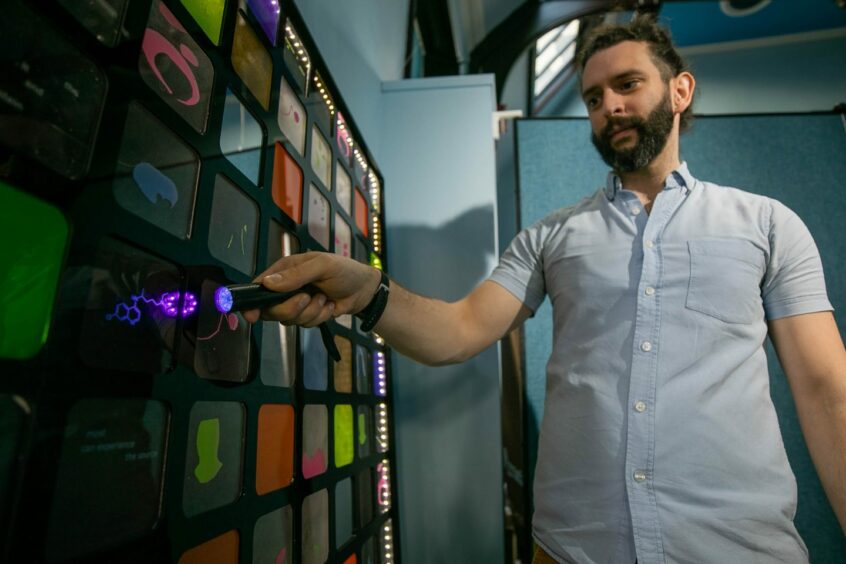
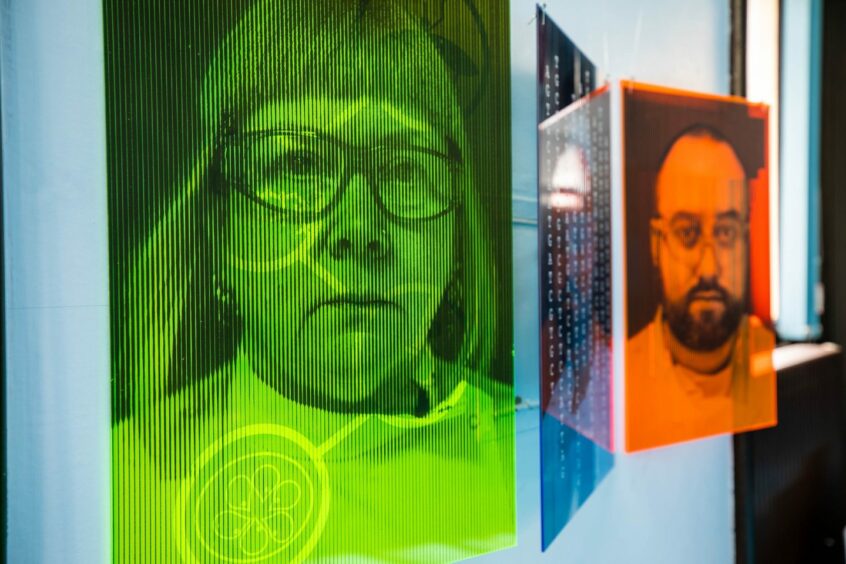
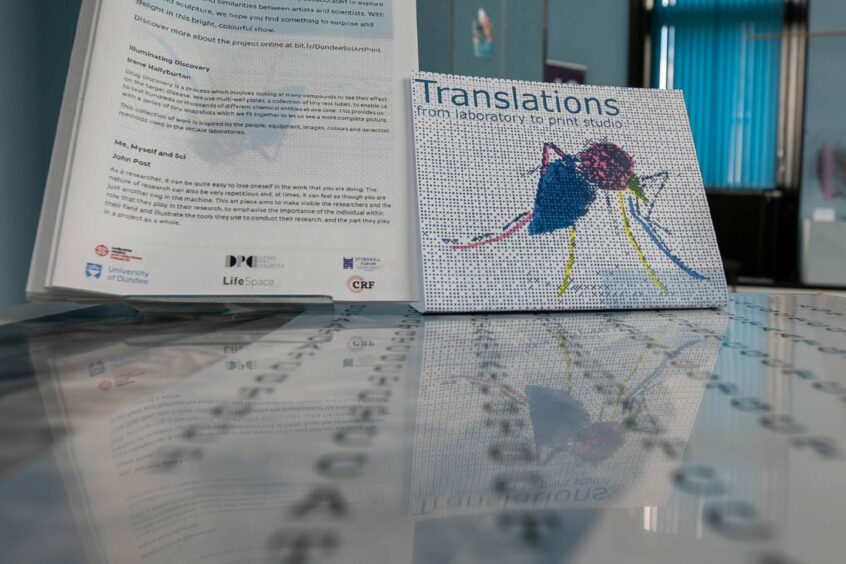


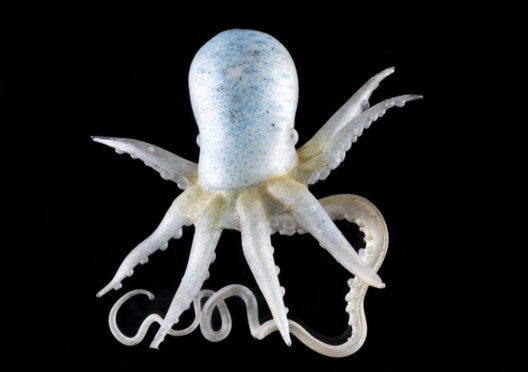

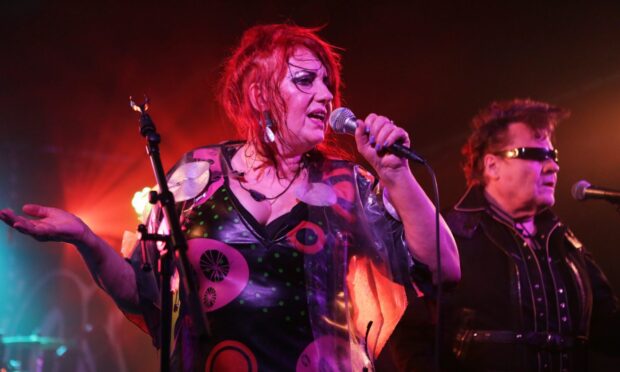
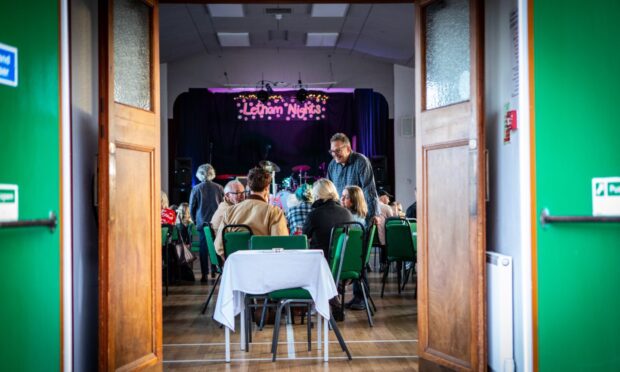


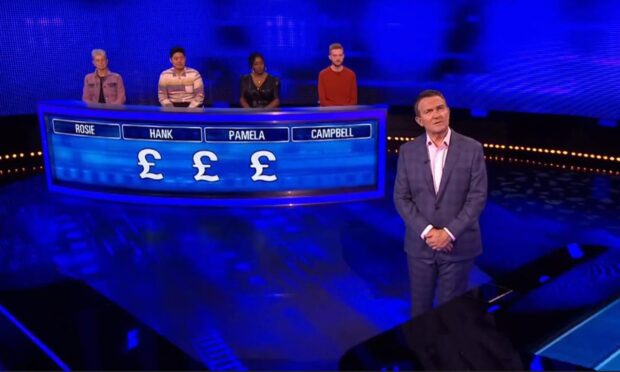

Conversation